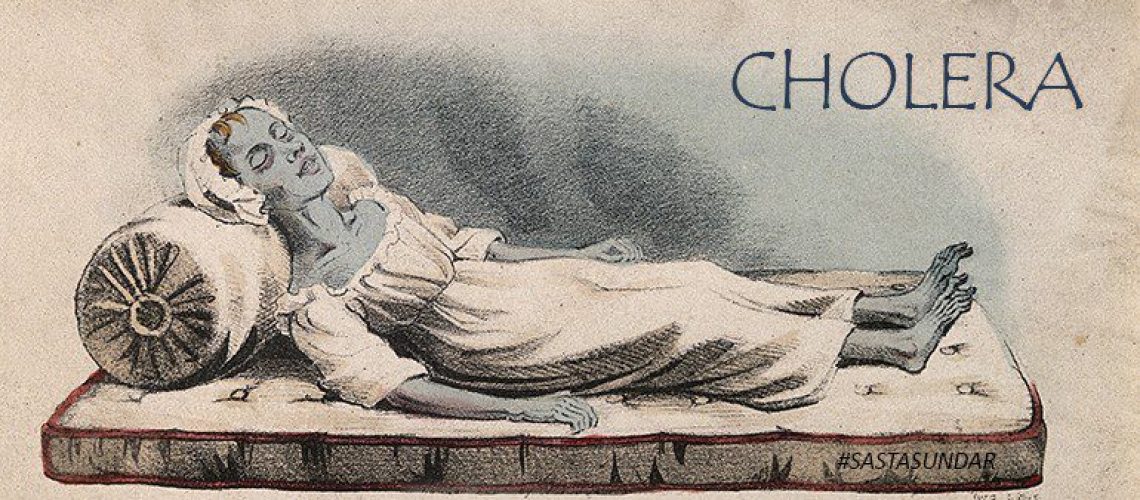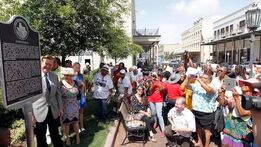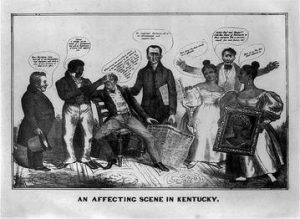Finding out about Julia obsessed me, but I could discover very little. The web’s power to search information has grown exponentially since 2003, when her existence bleeped onto my research radar. I paid small fortunes for rare books and pamphlets that spoke mostly of Richard and the Johnsons, with only a tidbit or two about Julia. Just enough to make my imagination run rampant in the direction of creating a work of historical fiction to feature her.
What few blog posts or references I could find made me instantly love her. More has appeared lately, and those parts of her story did not make it into the book (but will in future blog posts). She died well before Richard; I knew because the political cartoon mocking his grief for her circulated before the 1836 presidential election. But one of the most tragic facts I uncovered was the cause of her death, and that of other enslaved persons on their property, of the terror that was cholera.
It strikes like a venomous snake, and often takes its victims within 24 hours, leaving them a withered shell after evacuating most of the fluids in their bodies. Often their faces and bodies turn blue, the reason behind cholera’s other name, the Blue Death. Anyone watching their beloved suffer from this excruciating gastrointestinal breakdown would feel their own heart break from despair and helplessness.
Not until 1854 when Dr. Filippo Pacini of Italy determined the culprit was a “germ” found in contaminated water, did people make attempts to curttail outbreaks. Unfortunately, misinformation and old beliefs in the miasma, or “bad air” theory continued for another thirty years in many places until Dr. Robert Koch, working in India, confirmed bacteria were responsible for cholera. Kentucky is the most uniformly-watered state in the continental U.S., and the spring/summer of 1833 was historically wet, making the ideal environment for the spread of bacteria. It would be like dying in paradise, the conditions creating its beauty death’s very tool.
Miraculously, Richard survived his wrestle with cholera days before her, just as he survived his near-fatal injuries from the Battle of the Thames in the War of 1812.
For further reading:
Here is a link to an insightful post by S. Logan of Kentucky Historic Institutions. Lexington was near Georgetown and Great Crossing areas. https://kyhi.org/2020/02/04/the-1833-cholera-epidemic-at-lexington-kentucky/
Here is another link regarding cholera’s danger today by Sasta Sundar in Mumbai. https://blog.sastasundar.com/index.php/blog/detail/10112
Art by Sasta Sundar, permission to use requested





